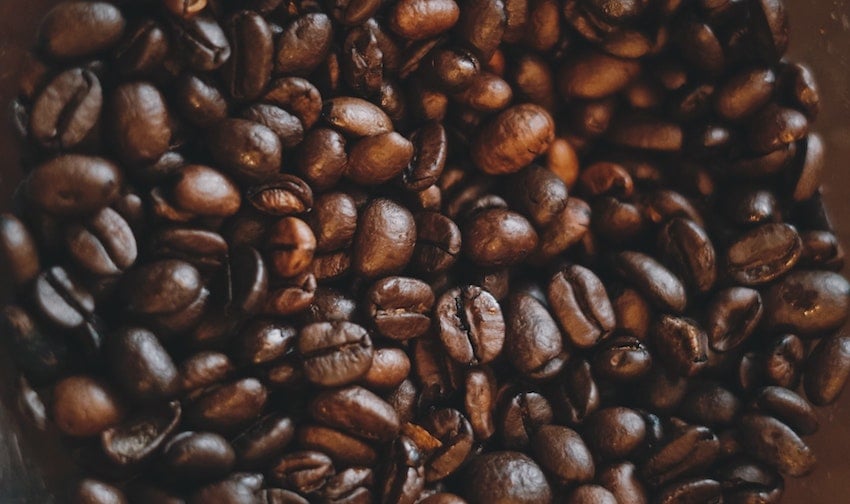Creating a silky microfoam can be a challenging enterprise: Even with the higher end prosumer machines we sell, it is arguably the most difficult skill to learn and sometimes takes more practice (and patience!) than folks expect from the outset. The technique involves infusing the right amount of air and steam at the right pace to 'stretch' the milk, ultimately resulting in that wet paint texture that can be used in latte art, if you've got the skillz. You rest the tip of the steam wand on the surface of the milk and 'ride' it as the milk is slowly expanding with tiny air bubbles and coming up to temperature via the machine's steam. You've got to keep a steady roll going, the bubbles to a minimum and eventually you'll submerge the wand completely once you've achieved the amount of foam you want and need to simply bring it up to temperature. Achieving good results is part skill and part equipment: Sustained dry steam that is served up from the boilers of large commercial espresso machines make the creation of microfoam a little bit easier. Also, the milk's consistency (how much fat it has), age and temperature definitely play a part -- you always want your milk to be cooled in the refrigerator until right before steaming in a pre-chilled pitcher. So, yeah, there are a lot of elements -- part art, part science -- to keep in check when attempting to produce that lovely shaving-cream like texture. Understandably, many people that don't want to make a career out of their espresso creation just don't want to put in the time to learn how to do this. In answer to their frustrations, several manufacturers over the years started to release adapters on their steam wands -- called panarellos, auto-frothers, froth enhancement systems, the great fluff n' stuff (okay, maybe not that one, but it could be) or any variation thereof -- designed to simultaneously infuse a small amount of air with the steam so you don't have to do a thing. Some of them do it better than others, and you end up with everything from super spongy meringue-like foam to nearly microfoam quality, depending on how the manufacturer designed the adapter. And even if you're getting big bubbles and not the silky, dense foam you're looking for, with a little bit of work (scraping off the top layer, spinning the milk around in the pitcher and tamping it from the bottom to burst larger bubbles, etc.), you can often get a suitable consistency. You most often see panarellos and their like on the lower end machines that don't have a lot of steaming power available (smaller boilers) so try to maximize the frothing potential by infusing more air into the milk. This can be good or bad, depending on what you're trying to achieve, and occasionally you can adapt the wand to function more like a standard steam wand if you find the panarello action is not working for you. People seem to either really love or really hate panarellos and we're mixed about them; we have seen good and bad versions and so we don't just dismiss them out of hand. In fact, more high tech versions are often deployed on high end commercial machines to facilitate efficient and consistent foam. So it's not that systems that infuse air and steam without the operator's assistance are essentially bad, but -- like with most things to do with espresso machines -- you get what you pay for. Most importantly, know what you're getting into. The majority of semi-automatic machines under $500 have these adapters on them, and nearly all superautomatics employ some form of this technology. So if you'd like to pick up a machine in one of these classes, you'll need to either learn to love or learn to work around it.
Kat
Ask the Experts: What's a Panarello?
Apr 27, 2010
·
ascaso
·
automatic espresso machine
·
breville
·
delonghi
·
espresso machine
·
espresso machines
·
gaggia
·
how-to
·
jura
·
jura ena
·
saeco
·
semi-automatic
·
semi-automatic espresso machine
·
superautomatic
·
superautomatic espresso machine
